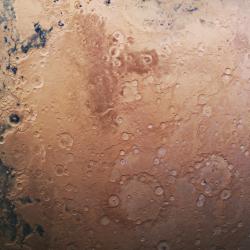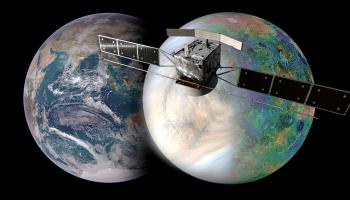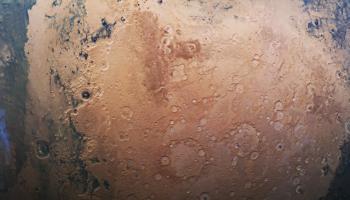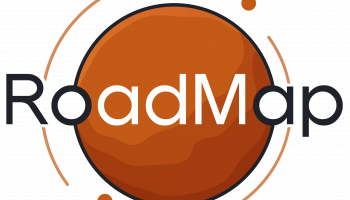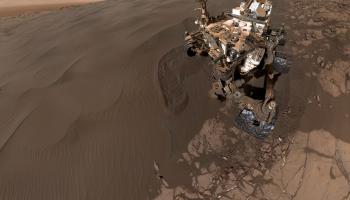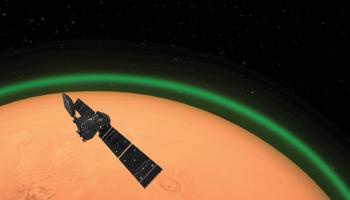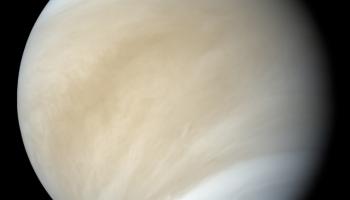BIRA-IASB is sending an instrument to Venus. The VenSpec-H instrument will fly with the EnVision mission, which has just been selected by ESA and is planned for launch in 2031-2032.
ESA-Roscosmos ExoMars Trace Gas Orbiter has detected a new gas for the first time. Sea salt embedded in the dusty surface of Mars and lofted into the planet’s atmosphere has led to the discovery of hydrogen chloride. The spacecraft is also providing new information about how Mars is losing its water.
RoadMap (for “ROle and impAct of Dust and clouds in the Martian AtmosPhere”), a brand new Horizon 2020 project, has just kicked off. Three years long an enthusiastic team of scientists and engineers from Belgium, Denmark, Germany, and Spain will work together to unravel some of the remaining Martian mysteries.
Good news, you don't have to sit still this summer! The UGent Armand Pien public observatory is reopening its doors to the public today, and has prepared a lot of fresh Mars science for you :
The NOMAD instrument, developed at the Royal Belgian Institute for Space Aeronomy and currently in orbit around Mars on board ESA's ExoMars Trace Gas Orbiter, has detected a unique green glow of oxygen in the atmosphere surrounding the red planet (around 80 km altitude). This emission gives its characteristic colour to the terrestrial polar aurora and airglow, but was never observed before in other planetary atmospheres outside of the Earth.
The Royal Belgian Institute for Space Aeronomy is working on a future ESA mission to Venus, called EnVision. The spacecraft is currently scheduled for launch in 2032, and its aim will be to investigate the geological characteristics and activity of Venus, as well as their influence on the planet’s atmosphere. This could help us understand why Venus and Earth evolved so differently.

